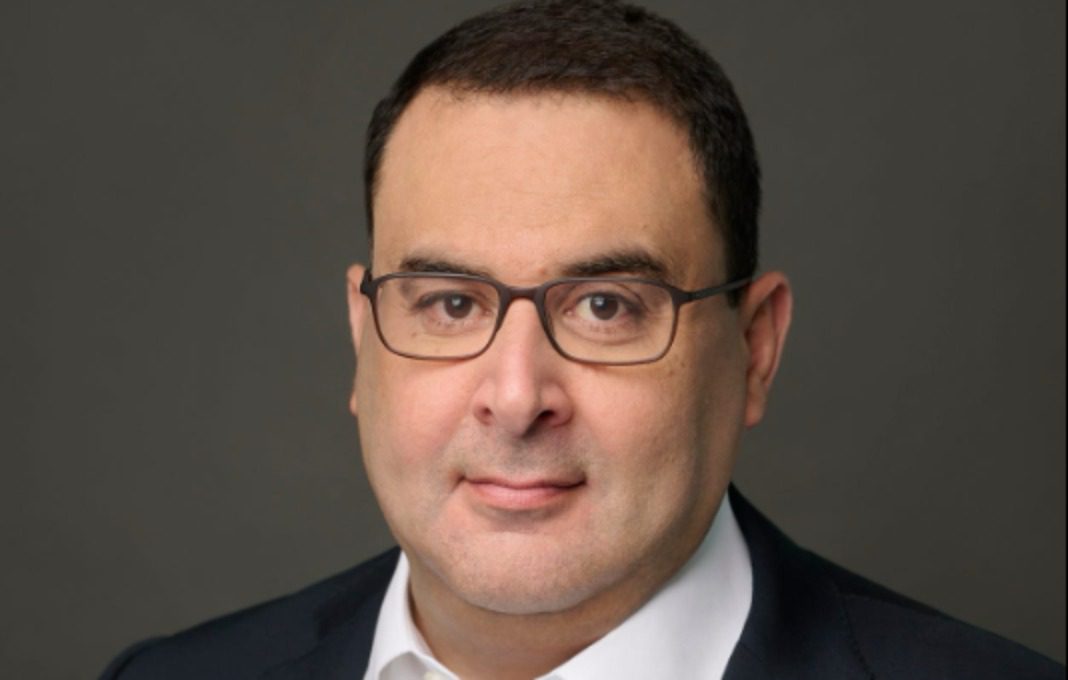How Ranpak Helps Drive The Packaging Boom


The boom in e-commerce and the growth of supply-chain sophistication in the U.S. over the last few years has helped many different kinds of companies flourish, but one of the most interesting stories—and perhaps a unique one—is how chairman and CEO Omar Asali has led Ranpak on a six-year transition to take advantage of those trends.
Ranpak makes packaging solutions as well as equipment to automate end-of-line packaging processes, selling both automation solutions and protective materials that are created on-site via its converter machines. Clients can use these solutions on-site to make the end of their warehousing process, and the beginning of their shipping process, more effective and efficient. Plus, Ranpak owns a strong sustainability platform because all of its products are made out of paper.
“Think about items being shipped and that need to be wrapped, like a bottle of wine or items where there’s a void in the box that needs to be filled to protect or brace the product, or a small piece of a an engine that needs cushioning to prevent damage,” says Asali, CEO of Ranpak since 2019 and founder of One Madison Group, a family office that invests in a number of industries. “It’s all about products in shipment and protecting them.”
Not surprisingly, about half of revenues for the $350-million company these days is helping e-commerce to deliver retail goods to every corner of the world, and the other half is B2B supply of packaging and automated systems to makers of auto parts, home furnishings, electronics and other goods.
Based in Concord, Ohio, Ranpak does business with more than 36,000 end users in more than 50 countries, and has an installed base of more than 140,000 machines using Ranpak consumables. The company employs about 900 people, up from about 500 when Asali took over, and generated about $77 million in adjusted EBITDA last year.
Most of Ranpak’s machines are at client sites, where Asali has led a determined pivot into more sophisticated and extensive automation of the systems Ranpak builds and maintains at client sites. It also increasingly provides management of dock areas where containers are assembled, packaging is inserted, goods are sealed in and trucks are loaded.
“Our magic was in understanding how paper interacts with this equipment at very fast speeds and to meet the needs of the customer,” Asali says. “Our equipment now customizes the size of the box, does automatic packaging for the equipment inside, does automatic insertion through robots and vision systems around the items being shipped. We use machine language to improve up time.”
Ranpak’s increasing involvement in dock management, he says, stemmed from the company’s observation that “while we saw a lot of investment [in warehouses and factories] in pick-and-place areas, and robotic arms, we saw less investment in the dock, inbound and outbound, and at the end of the line.”
As part of this thrust, three years ago Ranpak invested in Pickle Robot, a leader in applying robots for automated sorting, loading and unloading of packaged goods within logistical lines. “The dock is a pain point for a lot of customers,” Asali says. “We got enamored of what’s happening at the dock.”
Asali also is fond of what he calls three main pillars to grow the company:
Sustainability. Asali’s outfit acquired Ranpak in large part because it began as a provider of environmentally sustainable packaging, made out of renewable paper, instead of plastic packaging. One Madison has invested in plastic-recycling facilities on the East Coast and knew well that many plastics basically never break down in nature.
“Plastic has a place in society—you need plastic packaging in foods and beverages, and medical supplies—but you don’t need air bags [in packaging boxes] or Styrofoam for food containers,” he says. “We’re very true to our mission in sustainability not just in using paper but also focused on our own energy usage, and partnering with responsible forestry mills.”
Automation. “Are you replacing labor, or not?” is probably the most crucial question around automation, Asali says. He answers it by saying that Ranpak’s automated systems “don’t replace labor as much as add efficiency to it, and if customers are thriving, they’re actually hiring more people in different areas where they can utilize labor.”
Ranpak also focuses on improving working conditions in and around its end-of-line systems in areas such as inside shipping trailers, where, he says, temperatures can reach 120 degrees Fahrenheit or more.
E-commerce. “We spend a lot of time with traditional e-commerce players and retailers,” Asali says, and all of these companies want to reach and fulfill customers in different ways. We give them the full menu, trying in particular to help them with the online piece, but if they want to ship from physical stores, we have the capability to do that as well.
“We want people to ship more stuff per box and with more efficiency. Selling efficiency is how you win in the long term, not by stuffing the box. That’s not good for anyone and not sustainable long-term.”


0

1:00 - 5:00 pm
Over 70% of Executives Surveyed Agree: Many Strategic Planning Efforts Lack Systematic Approach Tips for Enhancing Your Strategic Planning Process
Executives expressed frustration with their current strategic planning process. Issues include:
Steve Rutan and Denise Harrison have put together an afternoon workshop that will provide the tools you need to address these concerns. They have worked with hundreds of executives to develop a systematic approach that will enable your team to make better decisions during strategic planning. Steve and Denise will walk you through exercises for prioritizing your lists and steps that will reset and reinvigorate your process. This will be a hands-on workshop that will enable you to think about your business as you use the tools that are being presented. If you are ready for a Strategic Planning tune-up, select this workshop in your registration form. The additional fee of $695 will be added to your total.

2:00 - 5:00 pm
Female leaders face the same issues all leaders do, but they often face additional challenges too. In this peer session, we will facilitate a discussion of best practices and how to overcome common barriers to help women leaders be more effective within and outside their organizations.
Limited space available.

10:30 - 5:00 pm
General’s Retreat at Hermitage Golf Course
Sponsored by UBS
General’s Retreat, built in 1986 with architect Gary Roger Baird, has been voted the “Best Golf Course in Nashville” and is a “must play” when visiting the Nashville, Tennessee area. With the beautiful setting along the Cumberland River, golfers of all capabilities will thoroughly enjoy the golf, scenery and hospitality.
The golf outing fee includes transportation to and from the hotel, greens/cart fees, use of practice facilities, and boxed lunch. The bus will leave the hotel at 10:30 am for a noon shotgun start and return to the hotel after the cocktail reception following the completion of the round.